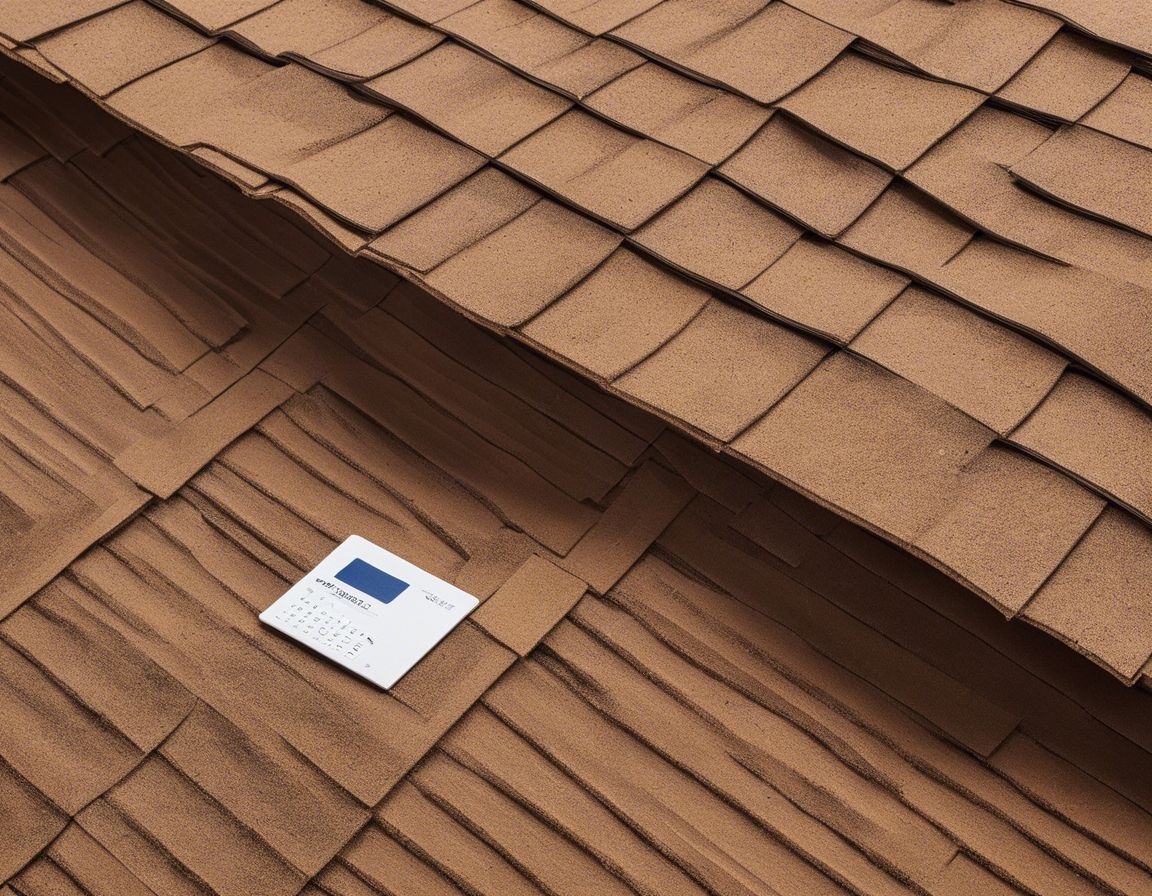Cotton: the natural choice for quality textiles
Cotton, a soft, fluffy staple fiber, has been the backbone of the textile industry for centuries. Its versatility and natural comfort make it an enduring favorite among manufacturers and consumers alike.
The use of cotton dates back to ancient civilizations, and it has played a pivotal role in the development of societies through the ages. Its cultivation and processing have evolved, but its core attributes remain unchanged.
Cotton's unique properties, such as its breathability, absorbency, and softness, set it apart from synthetic fibers, making it a preferred choice for a wide range of applications.
The Benefits of Cotton Textiles
Cotton textiles offer numerous advantages that are hard to overlook. From the field to the fabric, cotton's benefits are manifold.
As a natural fiber, cotton is renewable and biodegradable, making it an environmentally responsible choice for businesses and consumers who prioritize sustainability.
Textiles made from cotton are known for their strength and durability, which translates into longer-lasting products and reduced waste.
The natural softness and hypoallergenic nature of cotton make it ideal for textiles that come into direct contact with the skin, such as clothing and bedding.
Cotton fabrics are easy to care for, requiring simple washing and drying methods, which contributes to their practicality and widespread use.
Cotton and Sustainability
As the world becomes more environmentally conscious, the sustainability of cotton has come under scrutiny. However, advancements in production methods are addressing these concerns.
Traditional cotton farming practices have been criticized for their use of water, pesticides, and fertilizers. However, sustainable practices are gaining traction, reducing the environmental footprint of cotton production.
Organic cotton is grown without harmful chemicals, ensuring a cleaner product and a healthier ecosystem. It represents a significant step towards more sustainable textile production.
Various certifications, such as the Global Organic Textile Standard (GOTS), provide assurance that cotton products meet stringent environmental and social criteria.
Cotton in the Construction and Home Furnishing Sectors
Cotton's attributes make it particularly suitable for the construction and home furnishing sectors, where quality and durability are paramount.
In construction, cotton can be used in insulation, soundproofing, and as a natural alternative to synthetic materials.
For home furnishings, cotton provides comfort, aesthetic appeal, and the durability needed for everyday use.
Choosing the Right Cotton Textiles for Your Business
Selecting the right cotton textiles is crucial for businesses that want to offer quality and sustainability. Understanding the options available can help make informed decisions.
From Egyptian cotton to Pima, there are various types of cotton fabrics, each with unique characteristics and benefits.
When choosing cotton textiles, factors such as fiber length, fabric weave, and finish must be considered to ensure the best fit for a particular application.





Comments (0)